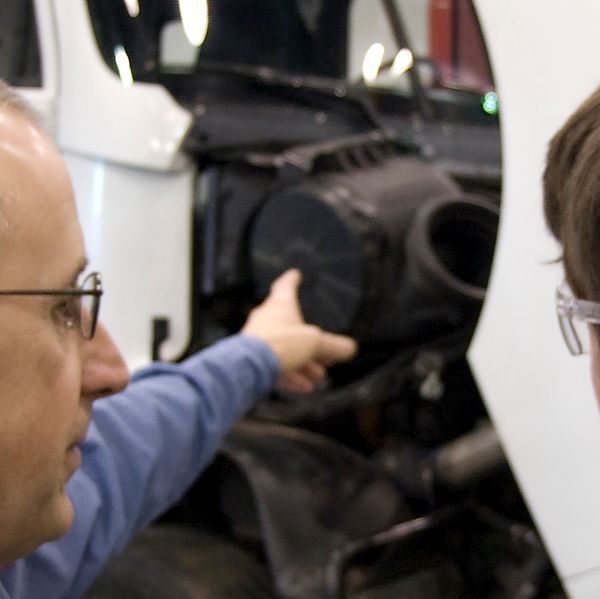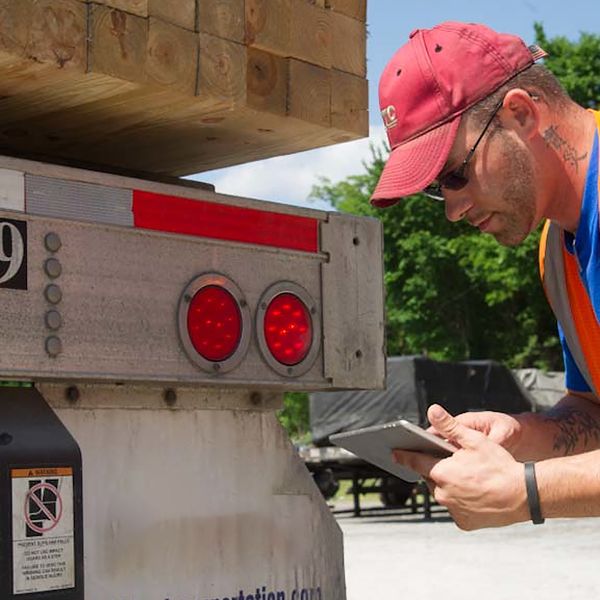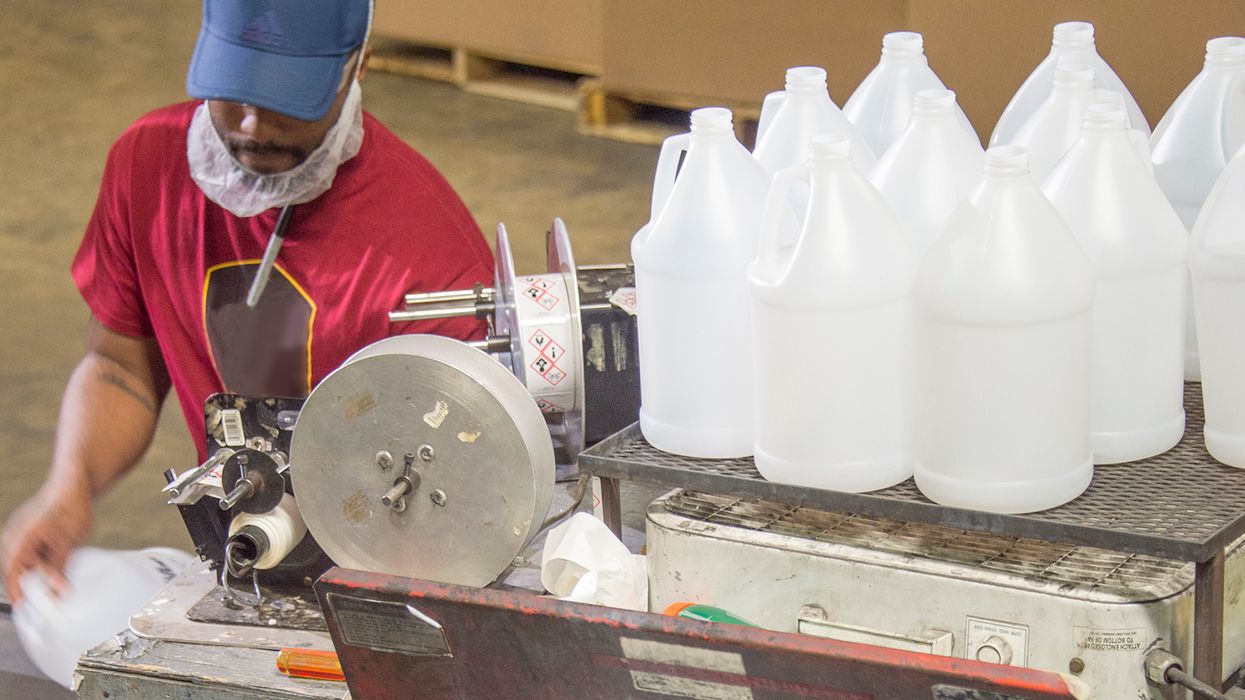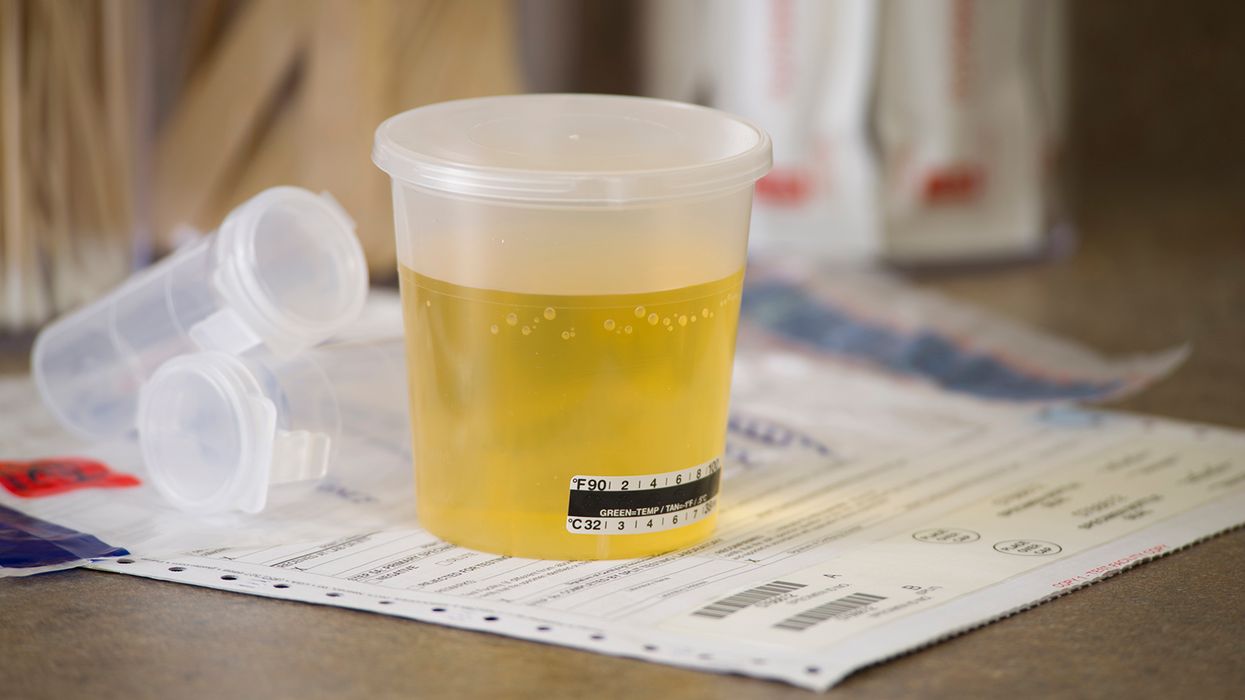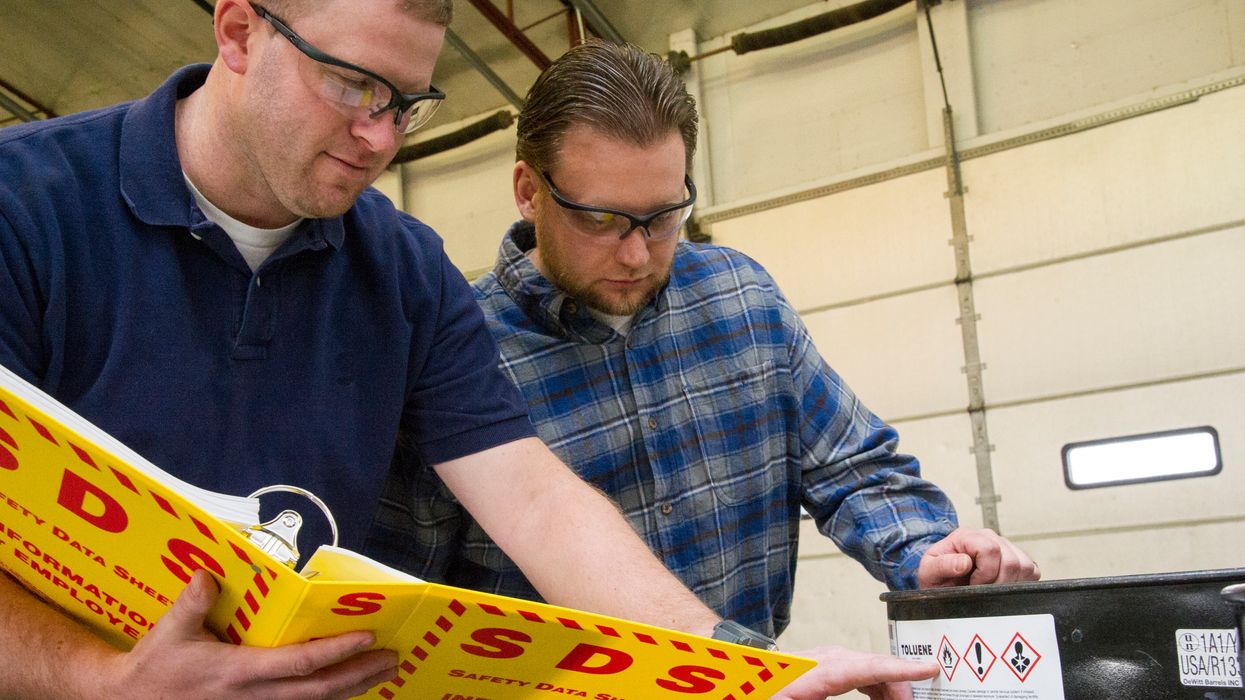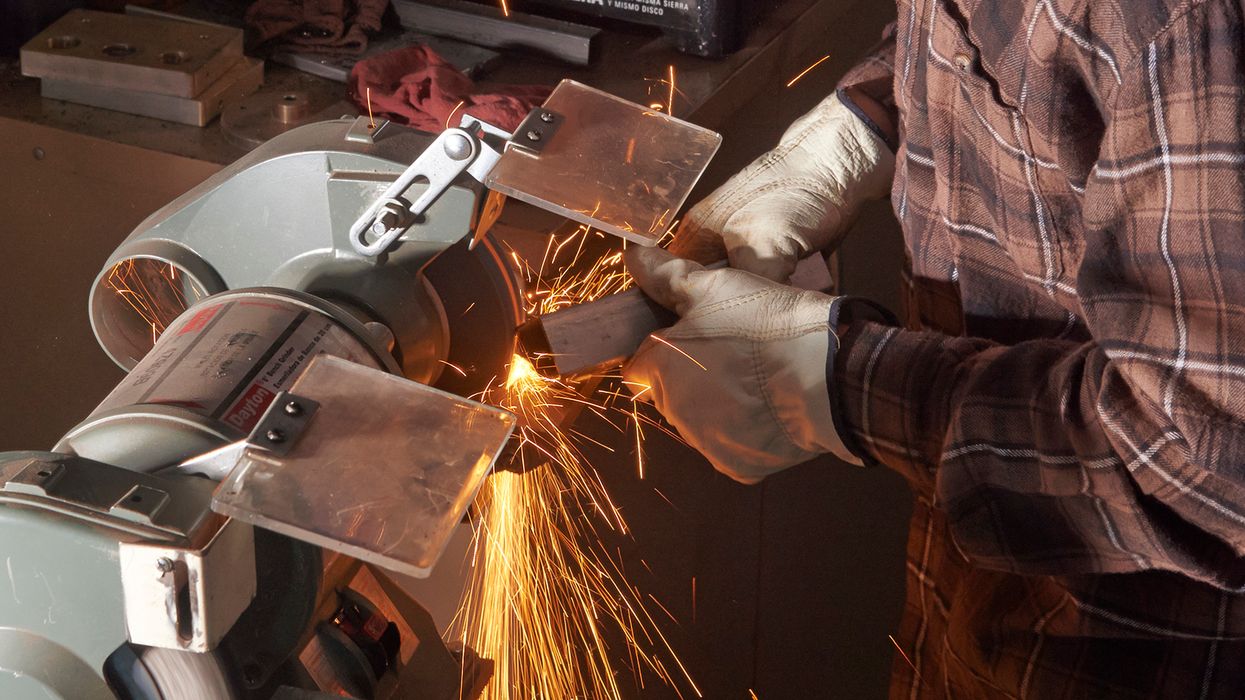NewsTiresIndustry NewsFleet SafetyCMV Parts and MaintenanceCMV lights, reflectors, and reflective tapeExpert InsightsFocus AreaEnglishBrakesTransportationUSA
Expert Insights: Lights, brakes, and tires, oh my!
2024-03-15T05:00:00Z
When I first transitioned from driving into fleet safety, a wise safety manager told me, “If we can get our lights, brakes, and tire violations under control, we’d eliminate half of our violations.” Years down the road, that’s still great advice.
Here are some methods carriers can use to get such violations under control.
Lights
- Switch to LED lights – While more expensive, these lights do not burn out as often as incandescent or sealed beam lights, thus reducing light violations.
- Use sealed connections, including during repairs – One issue with lights is failing wires, particularly at connections. Sealing and protecting connections, particularly during maintenance and repairs, can help eliminate this problem.
- Check lights as part of all maintenance activities – Whenever a technician moves a vehicle (truck, tractor, trailer, etc.), all lights should be checked.
- Have drivers check lights during pretrip, enroute, and post-trip inspections.
Brakes
- Match the brake system to the intended work – Specifying the correct system and replacement components can eliminate many component failures.
- Inspect the brakes – Have technicians check brake slack adjuster free play, the condition of all brake components, alarm activation, tractor protection valve function, and for leaks during any service or maintenance activity.
- Maintain automatic slack adjusters – Technicians should be lubricating and maintaining automatic slack adjusters (ASAs) according to the manufacturer recommendations. If an ASA is found out of adjustment, the technician should determine why it is not functioning, not just readjust it.
- Have drivers inspect the brakes during pretrips and post-trips – Drivers are not technicians but should be able to look at a brake assembly and verify that everything is in place and showing signs of working correctly.
Tires
- Match the tires to the intended use of the vehicle, especially if the intended use will be severe.
- Check tires during service – Have technicians inspect the tread, condition, and inflation of all tires during any service or maintenance activity.
- Developing realistic tread wear limits – You don’t want a vehicle leaving the shop with tires that are barely legal.
- Limiting the types of repairs – This can help reduce unexpected blowouts.
- Having drivers check tires during pretrip, enroute, and post-trip inspections.
Have a question for our Compliance Experts?
If you have compliance questions, Tom Bray and our team of Compliance Experts are accessible through Compliance Network’s Expert Help tool.





